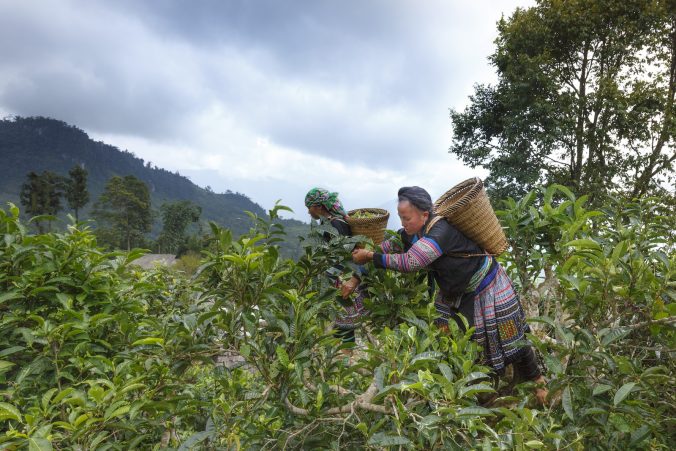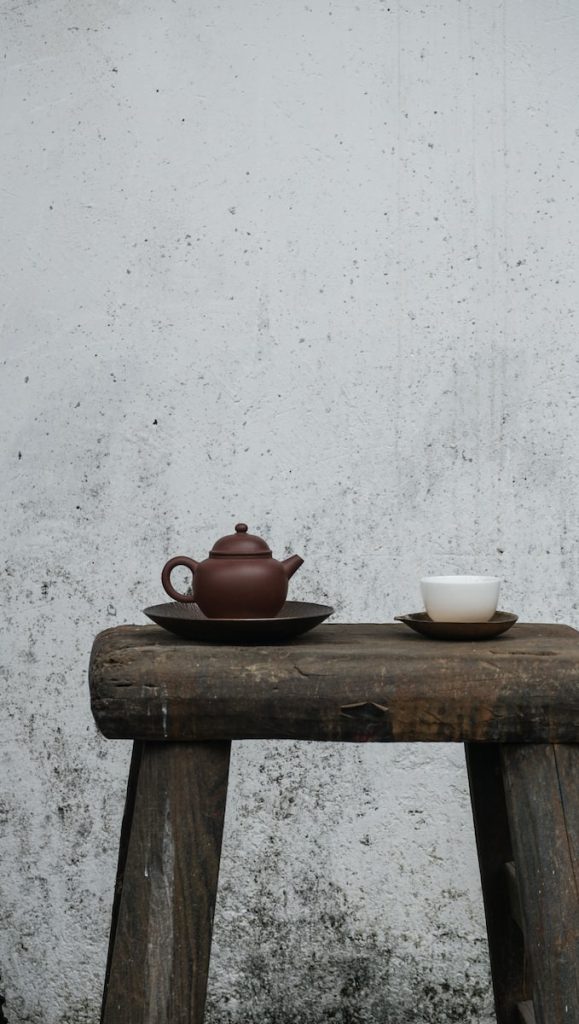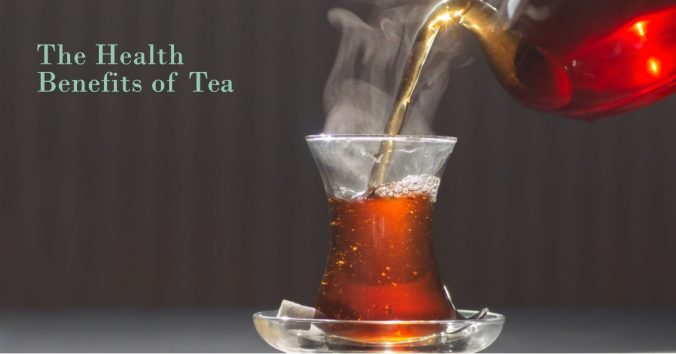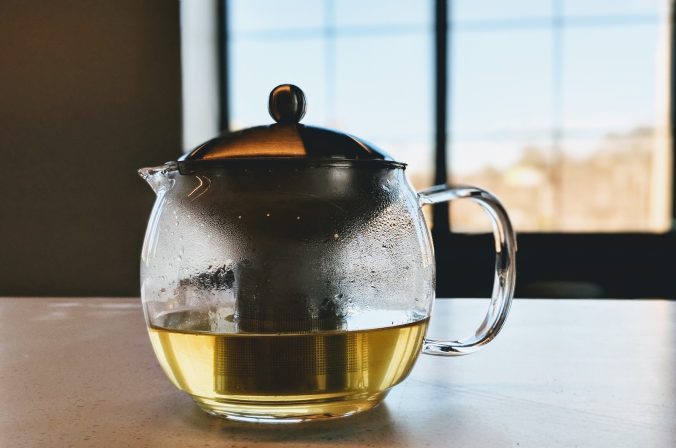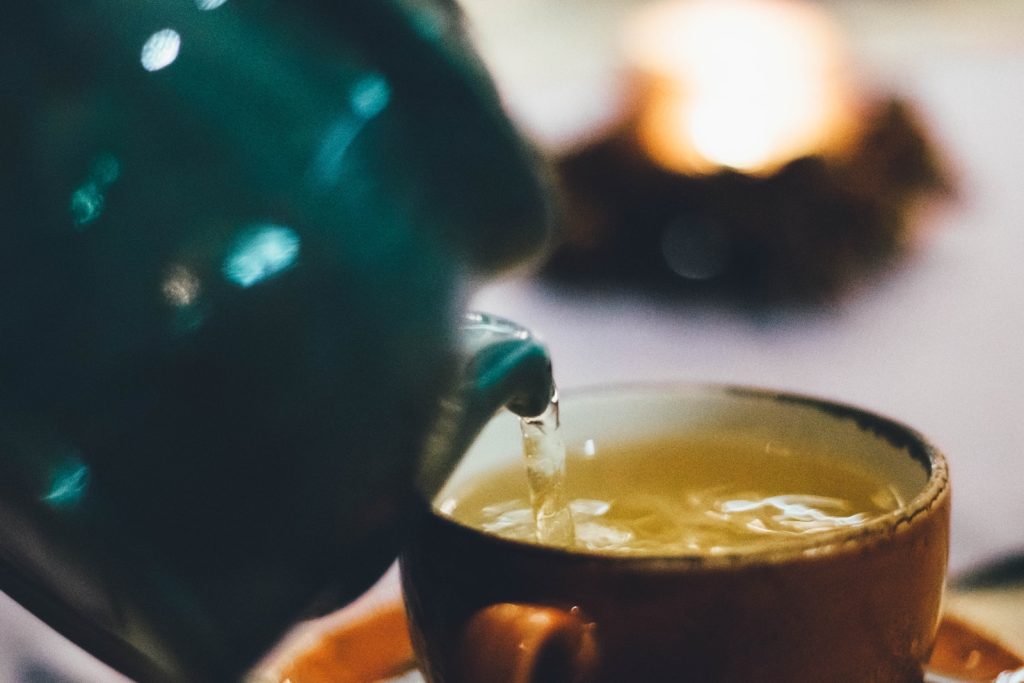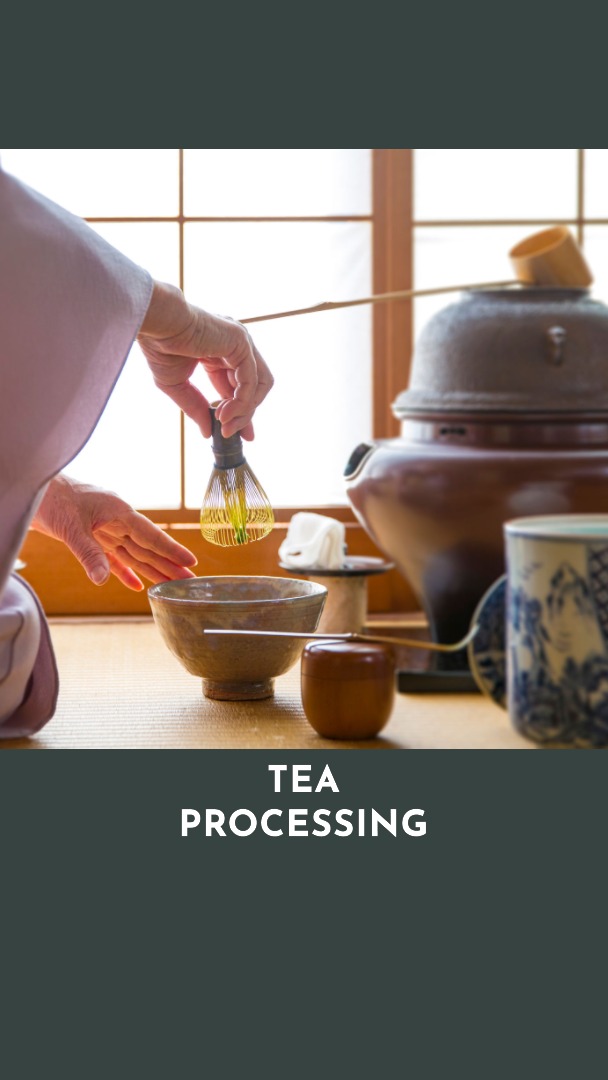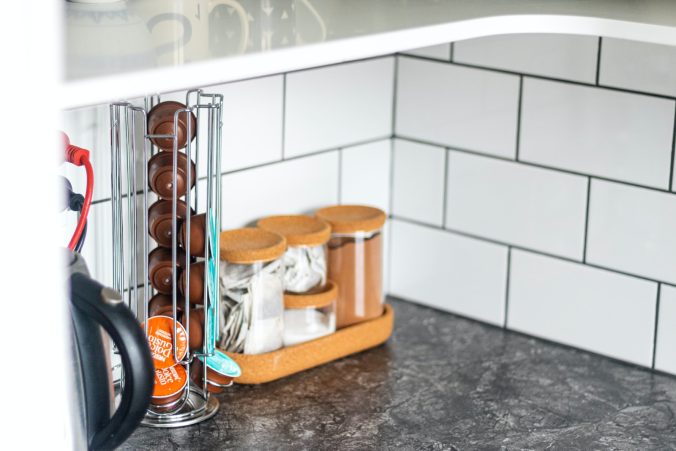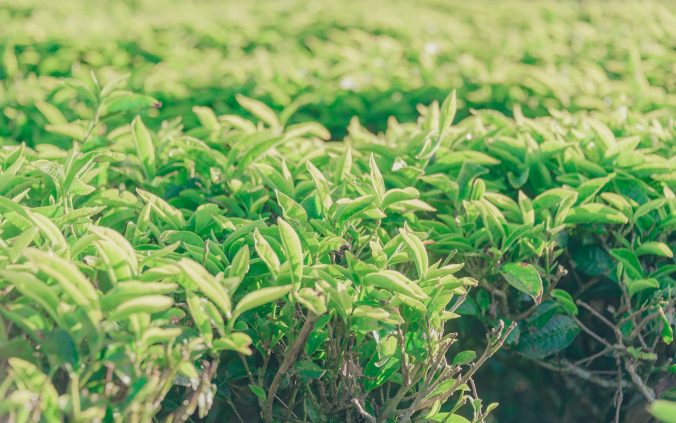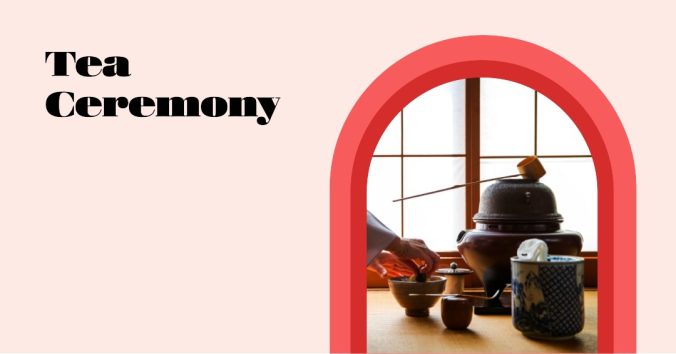Table of Contents
- The Importance of Terroir in Tea Production
- The Role of Geography in Tea Flavor
- How Climate Affects Tea Characteristics
- Soil Composition and Tea Taste
- Exploring the Unique Flavor Profiles of Teas from Different Regions
- Frequently Asked Questions
- What is the history of terroir in tea production and how has it evolved over time?
- How do different processing methods affect the expression of terroir in tea?
- Can terroir be replicated in different regions or artificially created?
- How do cultural and social factors influence the perception and appreciation of terroir in tea?
- Are there any ethical or environmental concerns related to the emphasis on terroir in tea production?
- Conclusion
If you’re a tea lover, you may have noticed that different teas from various regions taste distinctively different. This is because the concept of terroir plays an essential role in tea production.
Terroir refers to the unique combination of environmental factors, such as geography, climate, and soil composition, that contribute to the specific flavor profiles of teas from particular regions. Understanding terroir is critical for appreciating the complexity and diversity of teas and how they reflect their origin.
Geography has a significant impact on tea flavor since it determines where tea plants grow and how they develop. For example, high-altitude mountainous areas produce teas with an exceptional aroma and flavor due to cooler temperatures, abundant rainfall, and mineral-rich soil.
On the other hand, coastal lowland regions yield milder-tasting teas since their climates are warmer and more humid. By exploring the influence of geography on tea production thoroughly, you can gain a deeper appreciation for why certain teas taste better than others based on location alone.
The Importance of Terroir in Tea Production
Discover why where your favorite tea comes from matters so much and how it can make you appreciate every sip even more.
The concept of terroir in tea production is crucial because it determines the unique characteristics and flavor profiles of teas from specific regions. Terroir refers to the natural environmental factors that influence a plant’s growth, such as geography, climate, and soil composition. These elements contribute to the distinct nuances of aroma, taste, and texture found in each cup of tea.
Soil composition plays an essential role in terroir because different minerals present in the soil affect the growth and flavor development of tea varietals. For example, Chinese black teas grown in Yunnan province have a distinctive earthy flavor due to their high mineral content soil.
In contrast, Japanese green teas grown in volcanic soil have a distinct umami flavor profile that is highly sought after by connoisseurs worldwide. Understanding terroir helps us appreciate tea’s complexity better and makes us aware of how geographical differences shape our sensory experiences with each cup we drink.
The Role of Geography in Tea Flavor
When it comes to the taste of tea, where it’s grown plays a big part in shaping its flavor. The geography of a region affects the topography and climate, which ultimately influence how tea leaves grow and develop their unique flavors.
Here are four ways in which geography impacts the flavor of tea:
- Altitude: Tea plants grown at higher altitudes tend to have a slower growth rate, resulting in smaller leaves that are packed with more concentrated flavors.
- Soil Composition: The minerals and nutrients present in soil can greatly impact the taste of tea by affecting how well the plant absorbs certain compounds.
- Rainfall: The amount of rainfall a region receives can impact both the quality and quantity of tea produced, as too much or too little water can cause stress on the plant.
- Temperature: Different temperature ranges can affect the speed at which tea leaves grow and develop their flavors, leading to regional variations in taste.
Overall, understanding how geography influences terroir is essential for appreciating all that goes into producing high-quality teas with distinct regional variations.
How Climate Affects Tea Characteristics
The weather conditions in a particular area significantly impact the taste and aroma of brewed tea. The climate affects the chemical composition of tea leaves, influencing their flavor profile. For example, high altitudes and cooler temperatures result in slower growth rates for tea plants, allowing them to develop more complex flavors due to an extended growing season. These environmental factors also influence plant adaptation and impact the level of tannins and caffeine in the leaves.
However, with climate change impacting regions worldwide, many tea producers are struggling to maintain their traditional flavor profiles due to changing weather patterns. Extreme heat or drought may cause leaves to mature too quickly, resulting in less developed flavors or bitterness. Conversely, excessive rainfall can lead to mold growth and negatively affect quality.
It’s crucial for producers to adapt farming techniques as needed while preserving traditional methods that have been passed down through generations. Only then can they continue producing unique teas that reflect the terroir of their region while adjusting for changing climates.
Soil Composition and Tea Taste
Let’s explore how the composition of soil can impact the delicious taste of our favorite cuppa! Soil is an essential component in tea production, and its composition plays a vital role in developing the unique flavor profile of teas from specific regions.
The nutrients present in the soil are absorbed by the roots of tea plants, resulting in subtle variations in taste. The microbial activity within the soil also contributes to the unique characteristics of different teas. Microorganisms break down organic matter and convert it into nutrients for tea plants, affecting their growth and development.
Tea grown on rich soils with high microbial activity tends to have a more complex flavor profile, while those grown on less fertile soils may have a simpler taste. Thus, understanding soil composition is critical in producing high-quality teas with exceptional flavors that appeal to discerning tea lovers worldwide.
Exploring the Unique Flavor Profiles of Teas from Different Regions
Get ready to discover the distinct taste differences of teas originating from various parts of the world! Each region’s unique geography, climate, and soil composition contribute to the flavor profile of its tea.
For example, Chinese green teas are known for their vegetal taste with a hint of sweetness due to being grown in high elevations with misty and humid conditions. On the other hand, Japanese green teas have a more seaweed-like taste due to being grown in volcanic soil near coastal areas.
Brewing techniques also play a role in bringing out the unique flavors of different types of tea. In China, gong fu cha is a traditional brewing method that involves steeping tea leaves multiple times in small teapots or cups. This method brings out the full range of flavors and aromas in each cup.
Meanwhile, Japanese tea ceremonies involve whisking powdered green tea (matcha) into frothy perfection using bamboo whisks called chasen. These cultural practices not only enhance the flavor but also add value to these specific types of tea by showcasing their history and significance within their respective cultures.
Frequently Asked Questions
What is the history of terroir in tea production and how has it evolved over time?
To understand the history and evolution of terroir in tea production, it’s important to recognize its significance and impact on trade.
The concept of terroir has been around for centuries, but it wasn’t until the 19th century that it began to take hold in the tea industry.
As trade routes expanded and cross-cultural adaptation became more common, people started to appreciate the unique flavors and characteristics of teas from specific regions.
This led to a greater emphasis on the environmental factors that contribute to these differences, such as geography, climate, and soil composition.
Today, terroir plays a crucial role in the marketing and production of many high-quality teas around the world.
Its evolution over time reflects changing attitudes towards agriculture, globalization, and cultural exchange.
How do different processing methods affect the expression of terroir in tea?
When it comes to tea production, the processing method used can greatly impact the expression of terroir. Tea oxidation, in particular, plays a crucial role in flavor development. As tea leaves are exposed to oxygen during processing, chemical reactions occur that result in the creation of complex flavor compounds.
The length and intensity of oxidation can vary depending on factors such as weather conditions and the skill level of the tea maker. This means that even teas grown in the same region can have vastly different flavor profiles depending on how they are processed.
By understanding how oxidation affects terroir expression, tea makers can create unique and delicious teas that truly showcase their local environment.
Can terroir be replicated in different regions or artificially created?
Replicating terroir in different regions or artificially creating it is a complex and controversial topic in the tea industry. While some argue that terroir cannot be replicated due to the unique combination of geography, climate, and soil that contribute to a specific tea’s flavor profile, others believe that terroir can be recreated through careful selection of environmental factors and cultivation techniques.
At its core, artificial terroir creation involves manipulating the growing conditions of tea plants to mimic those found in a particular region. However, many purists argue that this approach undermines the importance of natural variation and detracts from the authenticity of true terroir-driven teas.
Ultimately, whether or not it is possible to replicate terroir remains a subject of debate among industry experts.
How do cultural and social factors influence the perception and appreciation of terroir in tea?
When it comes to tea, cultural influences and consumer preferences play a significant role in how terroir is perceived and appreciated.
In some cultures, such as China and Japan, the origin of the tea is highly valued and considered an important aspect of the drinking experience. This emphasis on terroir has led to certain regions becoming known for specific types of tea, such as Darjeeling in India or Assam in China.
However, consumer preferences also come into play – some may prioritize taste over origin when selecting their teas. Additionally, marketing tactics can influence how much importance consumers place on terroir when making purchasing decisions.
Overall, while terroir undoubtedly plays a role in the unique characteristics and flavor profiles of teas from specific regions, cultural and social factors also have a significant impact on how it is perceived by consumers.
Are there any ethical or environmental concerns related to the emphasis on terroir in tea production?
When it comes to tea production, there are ethical and environmental concerns that should be taken into consideration. One of these concerns is fair trade, which ensures that tea farmers receive a fair price for their products and are treated ethically throughout the production process.
Another concern is sustainability, as tea farming can have negative impacts on the environment if not done responsibly. By prioritizing fair trade and sustainability in tea production, we can ensure that the industry supports both people and the planet while still allowing for unique characteristics and flavor profiles specific to certain regions to shine through.
Conclusion
As you’ve learned, the concept of terroir is essential in understanding the unique characteristics and flavor profiles of teas from different regions. Geography, climate, and soil composition all play a significant role in determining the taste and quality of tea.
The location where tea is grown can significantly impact its flavor profile. The altitude, rainfall, and temperature all contribute to the unique taste of each tea variety. Furthermore, soil composition plays an integral part in shaping a tea’s character. The nutrients present in the soil affect not only the growth but also the flavor of tea leaves.
By gaining a deeper understanding of terroir, you can better appreciate and enjoy different types of teas from around the world. Whether it’s savoring delicate green tea from Japan or indulging in robust black tea from India, each cup offers a glimpse into its region’s rich history and culture.
So next time you sip on your favorite brew, take a moment to consider how terroir has contributed to its distinct taste and aroma.
